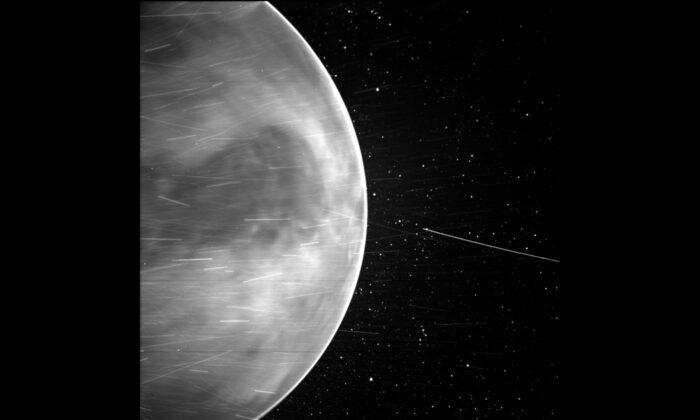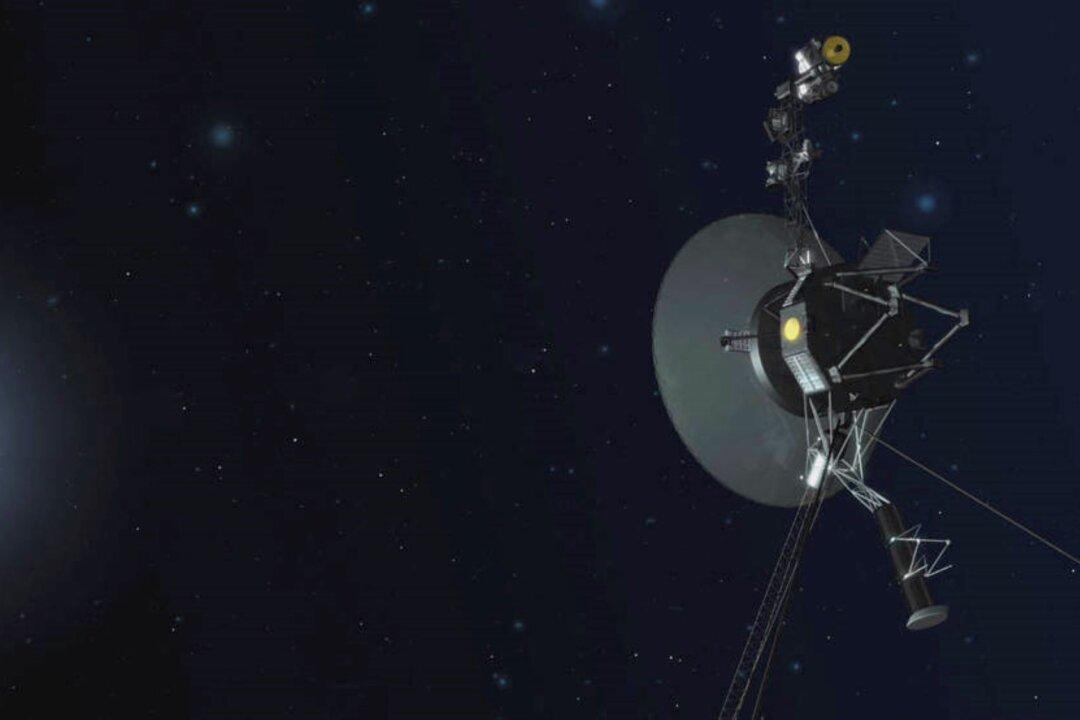NASA’s Parker Solar Probe has taken its first visible-light images of the surface of Venus from space.
Smothered in thick clouds, Venus’s surface is usually shrouded from sight. But in two recent flybys of the planet, Parker used its Wide-Field Imager, or WISPR, to image the entire nightside in wavelengths of the visible spectrum–the type of light that the human eye can see–and extending into the near-infrared.
The images, combined into a video, reveal a faint glow from the surface that shows distinctive features like continental regions, plains, and plateaus.
A luminescent halo of oxygen in the atmosphere can also be seen surrounding the planet.
Such images of the planet, often called Earth’s twin, can help scientists learn more about Venus’s surface geology, what minerals might be present there, and the planet’s evolution.
Given the similarities between the planets, this information can help scientists on the quest to understand why Venus became inhospitable and Earth became an oasis.
NASA says the images were captured in a flyby almost a year ago.





